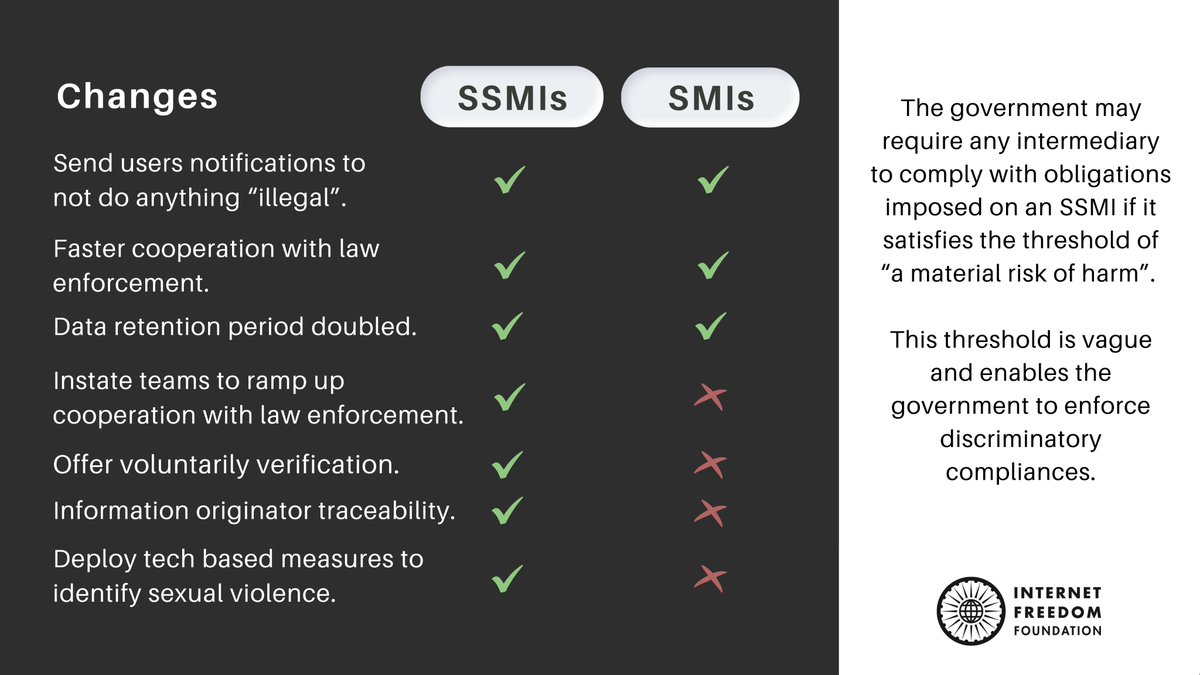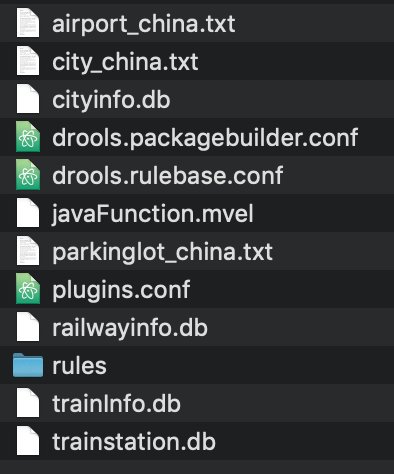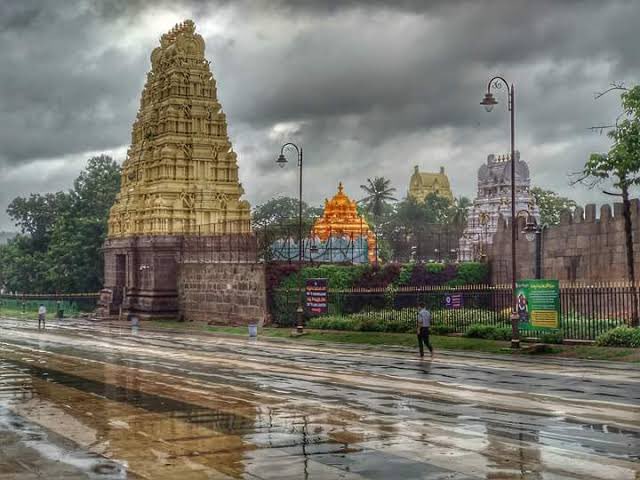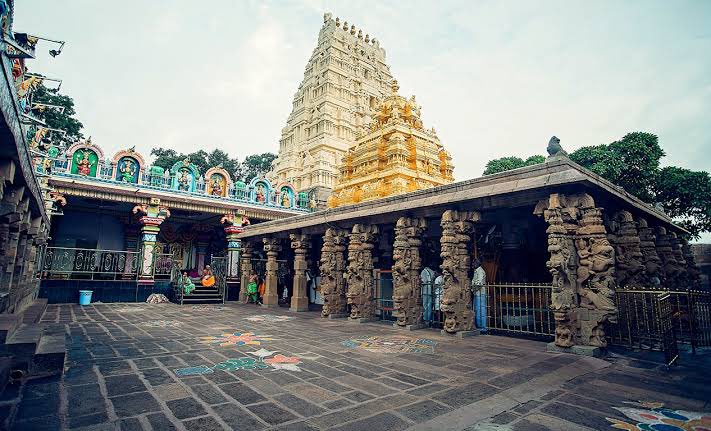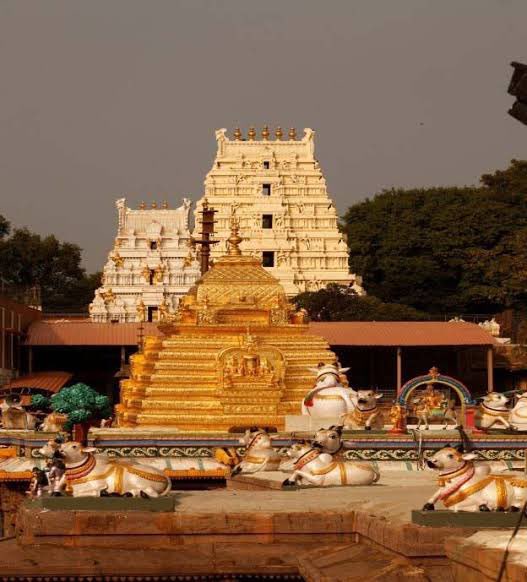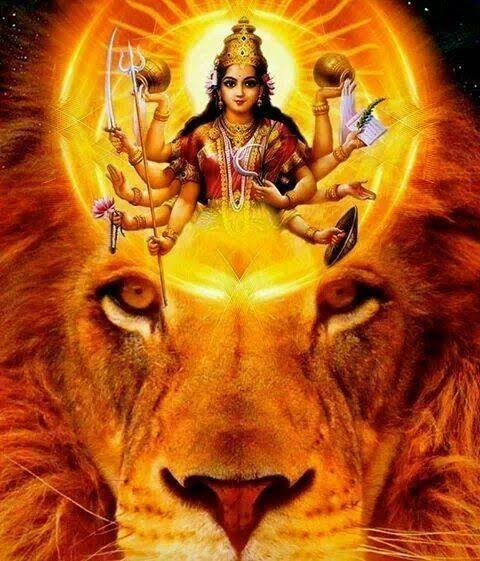2/23
Some thoughts/excerpts on "I could not be #Hindu" by a former #RSS sevak/worker Bhanwar Meghwanshi, a #Dalit.
The book is really worth reading, just like #Ambedkar's "Annihilation of #Caste".
It is a unique 'testimony' to the RSS's #casteism.
Thread
1/23

2/23
Bhanwar experienced this as well.
3/23
Bhanwar, like so many other Swayamsevaks, joined the RSS at a very young age, mostly to exercise and play traditional games. But he was gradually presented the history and the culture of his society in a manner which made him proud of being a Hindu and angry because...
These “gurus” were pracharaks who were almost venerated by the young swayamsevaks.
5/23
Bhanwar’s ethnographic account is very revealing of the RSS’s modus operandum. On one hand, its pracharaks, because of their life style, attract support from all quarters, including the local notables (mostly traders); on the other hand...
Dalits particularly appreciate this attitude because they are usually ostracised.
7/23
8/23
9/23
10/23
11/23
12/23
13/23
14/23
Soon after Bhanwar fully realised the resilience of caste in the RSS on another occasion: while he had prepared food for Sangh parivar members who were touring his district, they refused to come to his home for eating.
Instead they took the food with them....
16/23
This episode echoes the moment when the little #Ambedkar & his siblings, on their way to their father’s place of work, had to drive the cart themselves b'coz the tongawala believed in caste stigma.
17/23
18/23
The subsequent trajectory of Bhanwa is a fascinating one.
1st, he had to cope with huge psychological problems, revealing of the challenges that Dalits face in many parts of India, especially when they feel betrayed and rejected by the rest of society....
20/23
21/23
More from India
Here’s a chapter-by-chapter thread on the 20 forecasts by 20 thought leaders on 20 themes that will define India in the 2020s.
1/n
Delighted to announce the forthcoming release of my fifth book \u2014 #India2030: The Rise of a Rajasic Nation.
— Gautam Chikermane (@gchikermane) January 13, 2021
It hits the bookstores on 25 January.
Gratitude to my contributors and @PenguinIndia for partnering this adventure. pic.twitter.com/I0SdQk19JG
Chapter 20 of #India2030 by @davidfrawleyved talks about how the Civilizational Resurgence of India will reconnect its ancient past to ride into a dharmic future
2/n
Chapter 19 of #India2030 by @devdip tells us what the new idea of Nationalism in the 2020s will be — an integral union of the nation with the self
3/n
Chapter 18 of #India2030 by @sandipanthedeb examines how ideologies and technologies will intrude into and redefine Friendships
4/n
Chapter 17 of #India2030 by @authoramish studies the Soft Power of India and says its global influence will be through the confluence of materialism and spiritualism
5/n
1/n
On Feb 25, 2021 we published an analysis of the draft IT Rules, 2021. Alongside the analysis is a rundown of the contentious history of the Rules and the need for starting afresh on this vital conversation about platform accountability. Thread
\U0001f6a8 Breaking: We are releasing a copy of the Draft IT (Intermediary Guidelines and Digital Media Ethics Code) Rules, 2021, which seek to change the face of how digital media is governed in India.
— Internet Freedom Foundation (IFF) (@internetfreedom) February 25, 2021
Read our thread and analysis of the biggest concerns.
1/nhttps://t.co/zQnCGTgGzz
On Feb 25, 2021, the IT Rules, 2021 came into force. On Feb 27, 2021, we shared with you our comprehensive deep-dive into the Rules - an overview of its contents, the “safeguards” it seeks to establish, and how they affect your fundamental rights.
It's done: The IT Rules, 2021, are officially in play. We cannot stress this enough - this fundamentally changes the Indian internet. Please RT this thread on the Rules and how they bring government control over digital media like never before.https://t.co/S7K9wnIkvI
— Internet Freedom Foundation (IFF) (@internetfreedom) February 27, 2021
1/n
We're also talking directly to young people and making sure that they are empowered with knowledge about their digital rights w.r.t. the IT Rules, 2021. Watch our video explaining the background of the Rules and the crux of the matter in 5
Currently, public analysis including our own provides a broad overview of concerns. Since new IT Rules are here to stay, we're also providing you with segmented explainers. Our simple video on how the new Rules will affect digital news
How do the IT Rules, 2021 affect digital news media?
— Internet Freedom Foundation (IFF) (@internetfreedom) March 3, 2021
Our video explains the 4 biggest implications in 5 minutes - simply and directly. Everyone and specially journalists, please RT and share this critical info on social media, WA, Signal!https://t.co/iZ0Ya0gU8K




